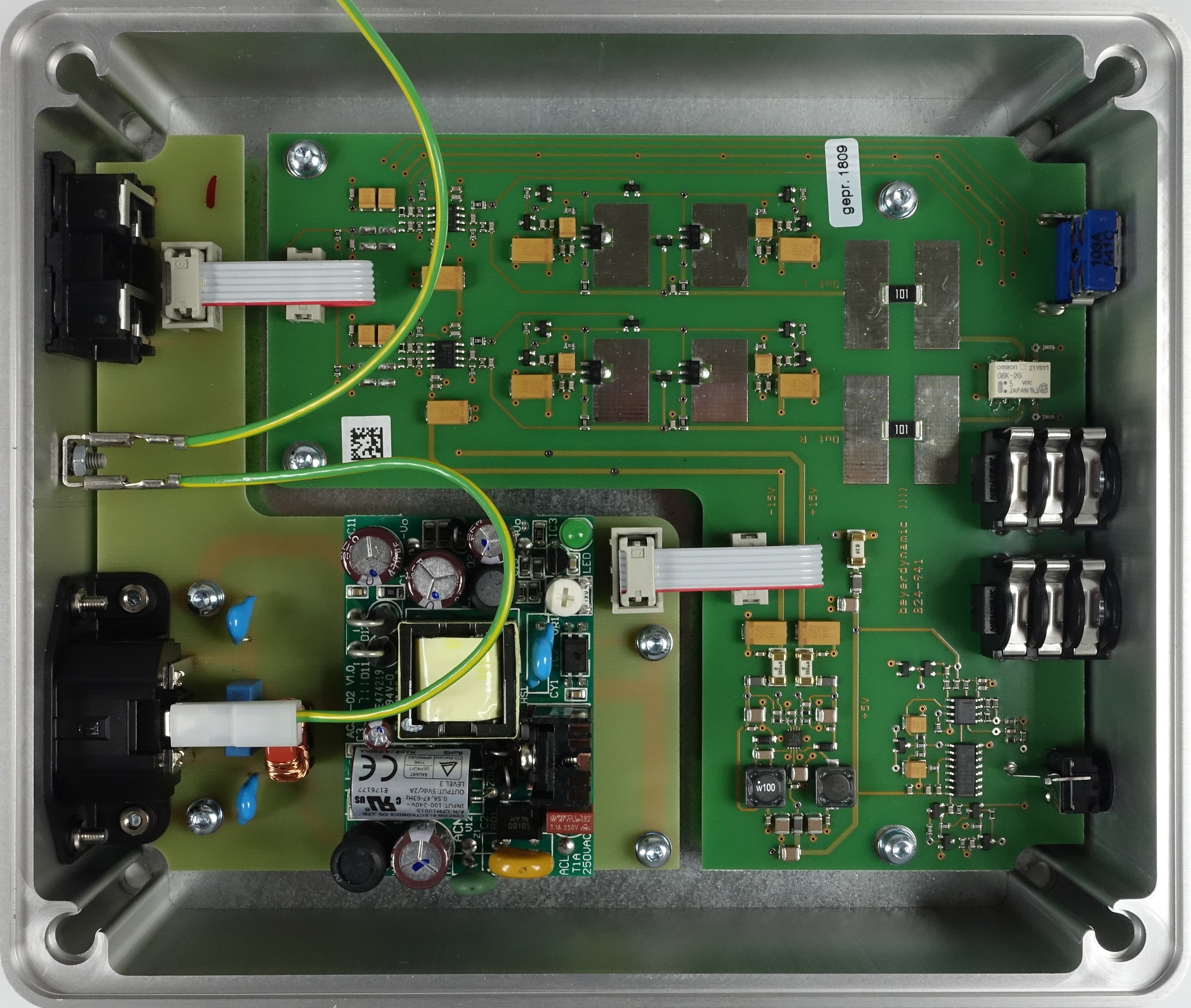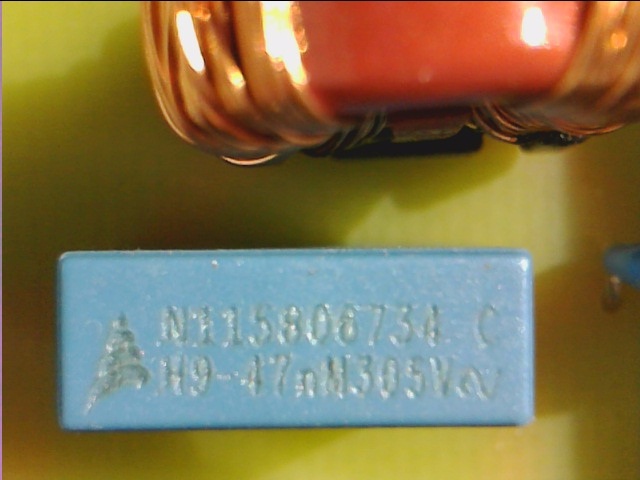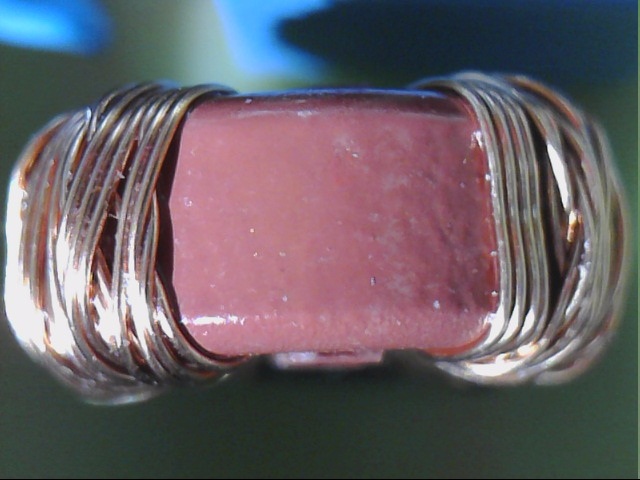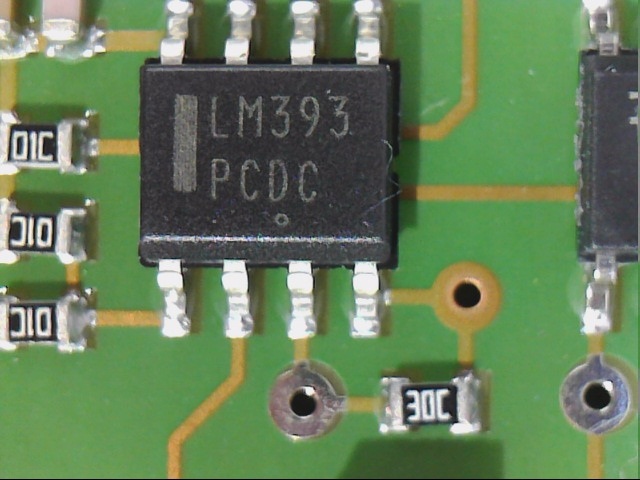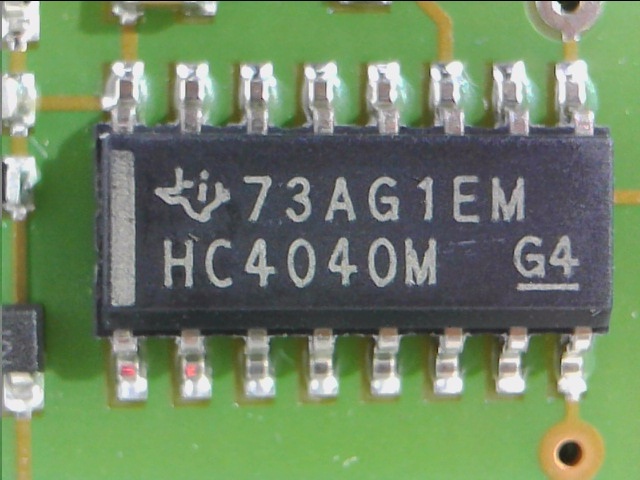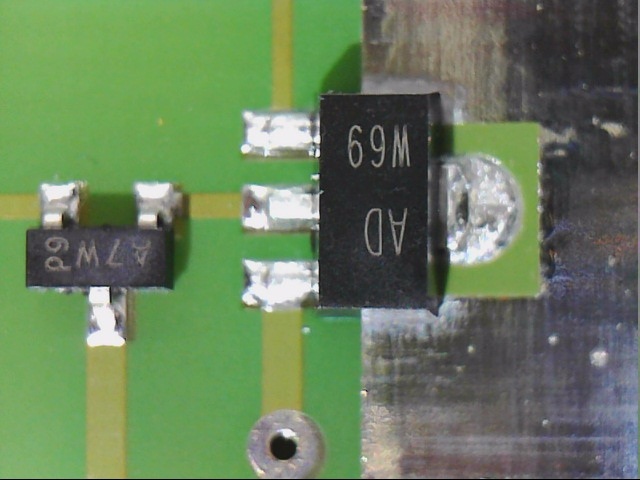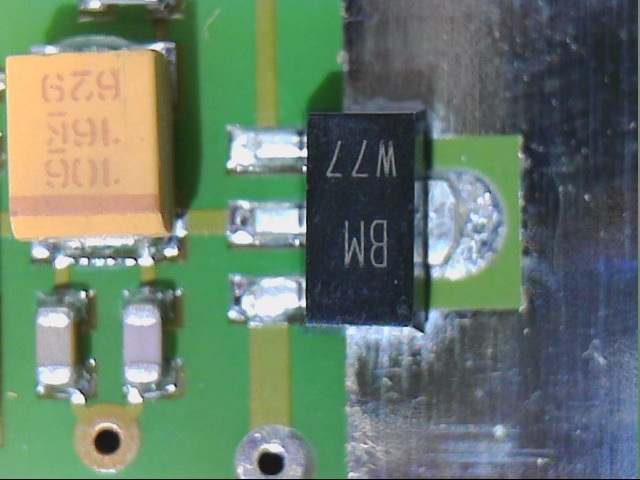Tear down and circuit analysis
First, I loosen the four screws in the feet of the A20 so that you can remove the lid. The grounding, in which the internal screwconnection on the housing could also have been loosened smarter by leading the screw from the inside out and offering an external grounding clamp, includes the connection to the earth conductor contact of the cold device socket, which Housing with aluminium unibody and the separately pluggable contact on the lid. The mains input area is neatly detached on a separate, brown board, which also carries the analog input and output with the four RCA sockets. But more on that.
In the input area of the power supply, Beyerdynamic relies on the classic LC link made of coil and capacitor for filtering off-the-side tips. However, there is no physical mesh disconnection. As a sandwich, a dedicated, full-range switching power supply (110 to 220V, 50 to 60 Hz) sits on this board, which is an OEM purchase from Cincon Electronic Co. LTD. By the way, the empty board of this power supply itself comes from Dongguan Shenchuang Electronic Technology Co Ltd. right next door. A total of three rails are used in the A20: 5 volts for the switching range and symmetrical +15/-15volts for powering the actual amplifier part.
Now it becomes a bit tricky, which the standby circuit on the green amplifier board puts with the LM393 on a dual comparator, which one always likes to use when any impulses should trigger a switching process. With the HC4040M you also go an interesting way, because I haven't seen a 12-stage Binary Counter in the power supply area of an amplifier. Both chips, by the way, come from Texas Instruments. The A20 also uses an Omron relay to delay the headphones and switch them off immediately when the operating state changes. This prevents the typical "banging" when switching on and off.
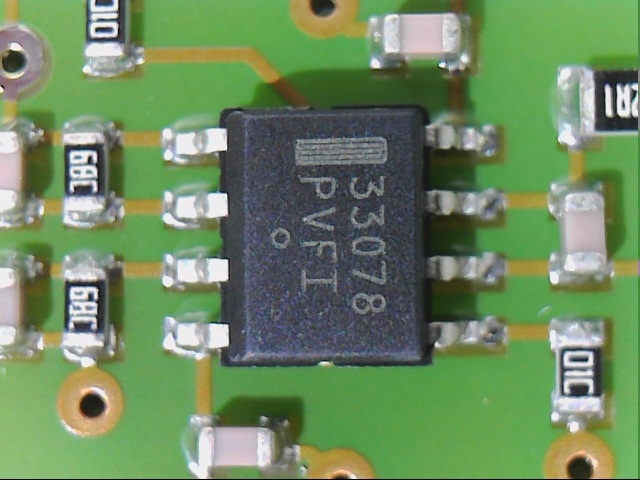 The analog signal passes from the input board (see above) to the actual amplifier board. There, a very neat MC33078 (also from Texas Instruments) provides sufficient "propulsion". This is a bipolar dual operational amplifier for preferred use in high-quality audio and data signal applications.
The analog signal passes from the input board (see above) to the actual amplifier board. There, a very neat MC33078 (also from Texas Instruments) provides sufficient "propulsion". This is a bipolar dual operational amplifier for preferred use in high-quality audio and data signal applications.
It offers low noise values, a high amplification bandwidth and also a high slew rate, i.e. the maximum rise or drop speed of the output voltage. It impresses with low harmonic distortions, high amplification and a large output voltage range without noticeable deadband crossover distortion. Incidentally, this occurs whenever the signal voltage is so low that none of the transistors is conductive in counterclock amplifiers. This typical problem in the design of such circuits should never be ignored.
Speaking of power amplifier… Beyerdynamic relies on a very classic AB counterclock stage in a discrete design for the A20. With two SMD transistors (I suspect even the classic complementary power amplifier) per channel, the MC33078 is a decent output power, which with 170 mW at 250 ohms or 100 mW and 600 ohms is still so high that the cerebellum melts away if necessary. In any case, the reserves are magnificent and there is nothing to be heard from distortions. In addition, no savings have been made with diodes, although the main part of which is the BAV99, the classic in dual design par excellence (picture bottom left).
This all-purpose weapon generates, for example, the quiescent current of both transistors to reduce the nonlinear distortions in AB operation and, together with the emitter resistors, also serve for thermal compensation (positive counter-coupling, decrease in amplifier power during heating). As with any AB power amplifier, of course, the law of the chain with the weakest link also applies. The transistor with the slightly lower current gain generates the slightly lower collector current and thus determines the size of the quies through both transistors. This asymmetry would then also be the audible trigger for nonlinear distortions (clatter factor), if it were not for the very high counter-coupling, which compensates for all this again really well.
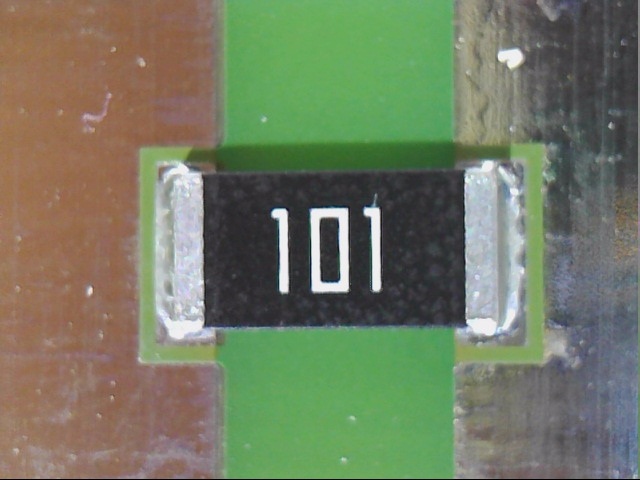 In the output branch between the power amplifier and the headphone jack, there is still a 100-ohm longitudinal resistance in each of the channels. This makes the story absolutely short-circuit-proof even at full level and it also harmonizes well with the thermal compensation in the circuit with the very low-impedene emitter resistors (see above), especially since you can use a very high for headphone amplifiers. operating voltage is working.
In the output branch between the power amplifier and the headphone jack, there is still a 100-ohm longitudinal resistance in each of the channels. This makes the story absolutely short-circuit-proof even at full level and it also harmonizes well with the thermal compensation in the circuit with the very low-impedene emitter resistors (see above), especially since you can use a very high for headphone amplifiers. operating voltage is working.
For volume control, the preamplifier relies on a model with very good synchronisation properties over the entire control range. This should be especially appropriate for the "quiet listeners". On the other hand, there is no balance. Overall, the board can convince not only during the assembly, but also in the layout and use of the free surfaces for shielding. In fact, a crosstalk does not take place and the distance between external voltages definitely sets standards here. And a background noise? Forget it, there is none.
Which is what we would be through here for the time being and I can screw the part back together again. Let's get to the hearing test next, because somewhere (except for these appetizing technical details) the equivalent has to be fixed.















